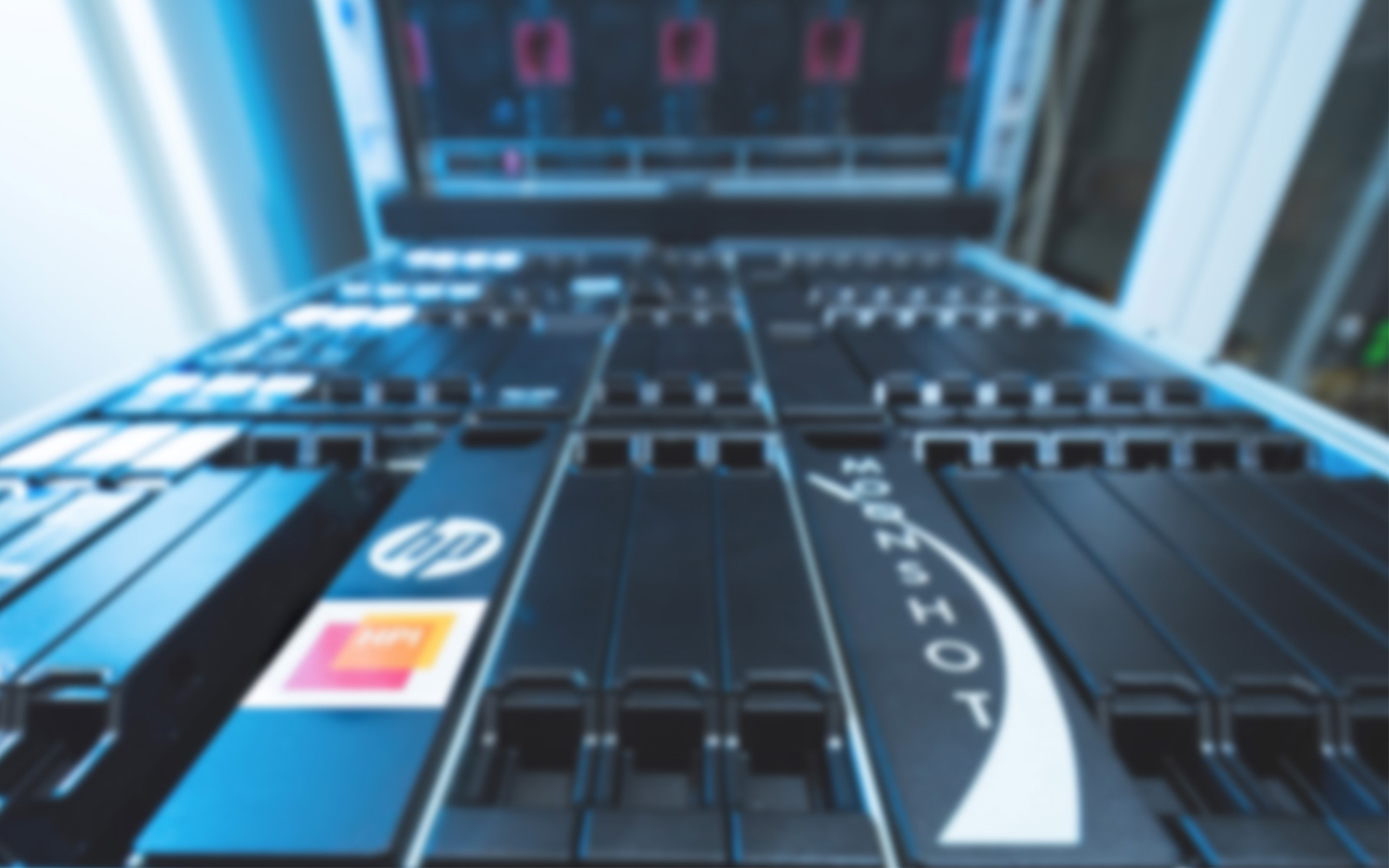Laser cutting is a fast and precise fabrication process. This makes laser cutting a powerful process in custom industrial production. Since the patents on the original technology started to expire, a growing community of tech-enthusiasts embraced the technology and started sharing the models they fabricate online. Surprisingly, the shared models appear to largely be one-offs (e.g., they proudly showcase what a single person can make in one afternoon). For laser cutting to become a relevant mainstream phenomenon (as opposed to the current tech enthusiasts and industry users), it is crucial to enable users to reproduce models made by more experienced modelers, and to build on the work of others instead of creating one-offs.
We create a technological basis that allows users to build on the work of others — a progression that is currently held back by the use of exchange formats that disregard mechanical differences between machines and therefore overlook implications with respect to how well parts fit together mechanically (aka engineering fit).
For the field to progress, we need a machine-independent sharing infrastructure. In this thesis, we outline three approaches that together get us closer to this:
(1) 2D cutting plans that are tolerant to machine variations. Our initial take is a minimally invasive approach: replacing machine-specific elements in cutting plans with more tolerant elements using mechanical hacks like springs and wedges. The resulting models fabricate on any consumer laser cutter and in a range of materials.
(2) sharing models in 3D. To allow building on the work of others, we build a 3D modeling environment for laser cutting (kyub). After users design a model, they export their 3D models to 2D cutting plans optimized for the machine and material at hand. We extend this volumetric environment with tools to edit individual plates, allowing users to leverage the efficiency of volumetric editing while having control over the most detailed elements in laser-cutting (plates)
(3) converting legacy 2D cutting plans to 3D models. To handle legacy models, we build software to interactively reconstruct 3D models from 2D cutting plans. This allows users to reuse the models in more productive ways. We revisit this by automating the assembly process for a large subset of models.
The above-mentioned software composes a larger system (kyub, 140,000 lines of code). This system integration enables the push towards actual use, which we demonstrate through a range of workshops where users build complex models such as fully functional guitars. By simplifying sharing and re-use and the resulting increase in model complexity, this line of work forms a small step to enable personal fabrication to scale past the maker phenomenon, towards a mainstream phenomenon — the same way that other fields, such as print (postscript) and ultimately computing itself (portable programming languages, etc.) reached mass adoption.

